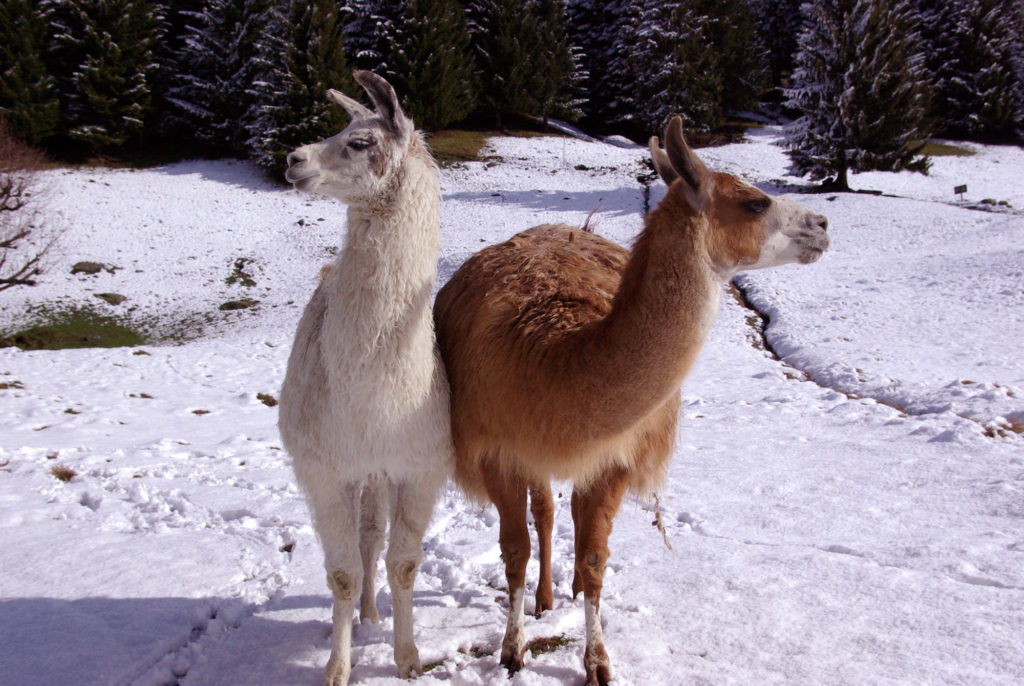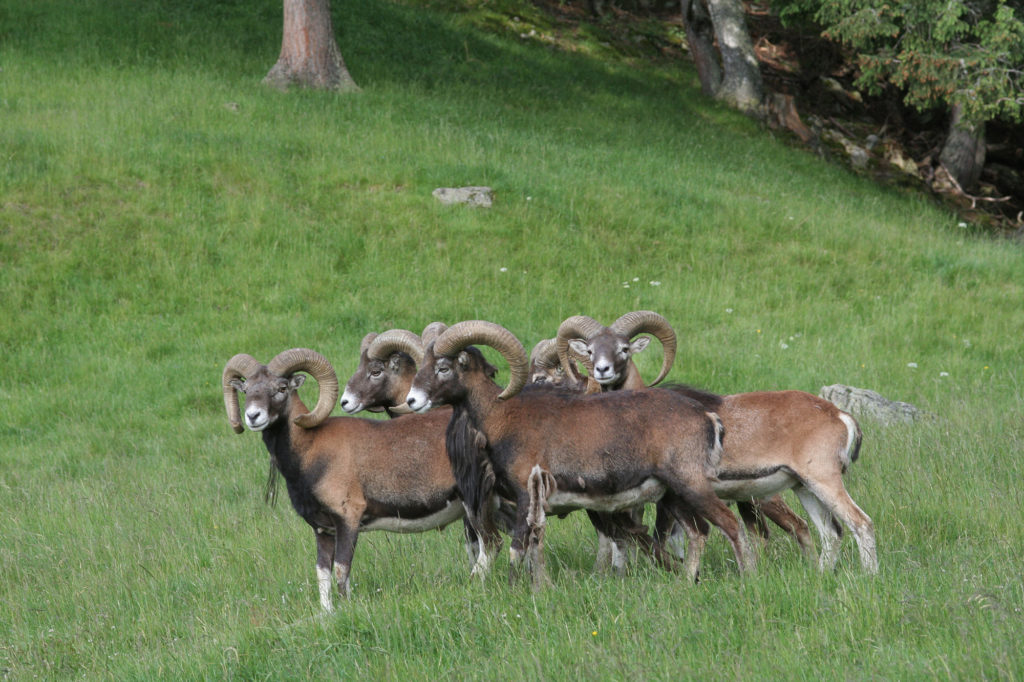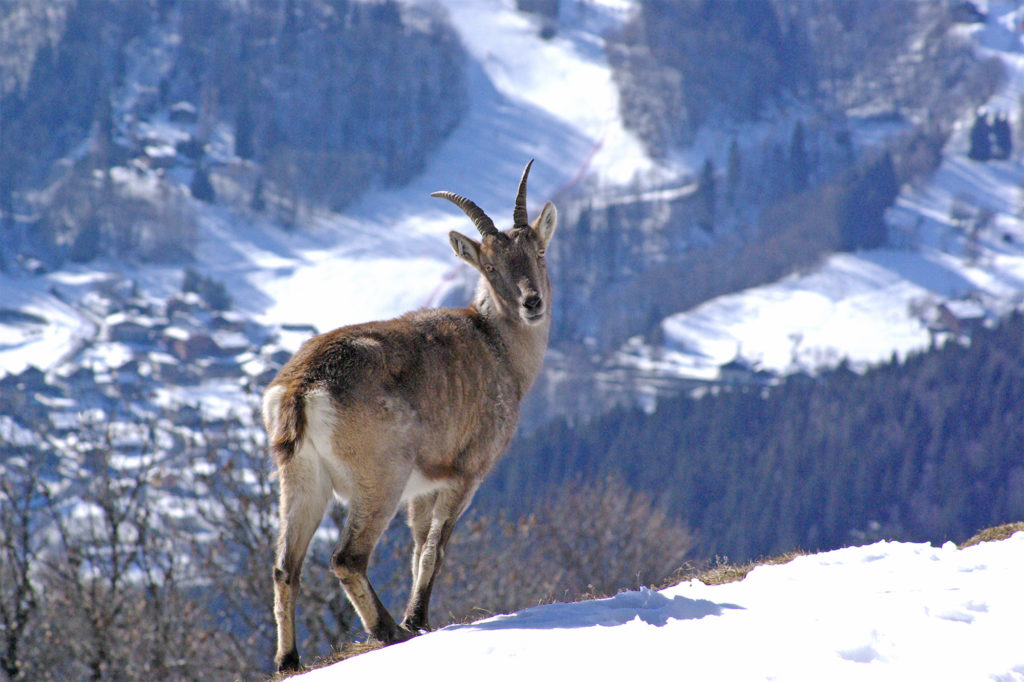
The backstage area
of the animal park
How do the animals spend the winter at an altitude of 1500 m?
Who looks after them?
Winter
At 1500 meters altitude, winter often brings more than one meter of snow. Not easy to move or eat! So animals have to adapt by:
coat: mountain wildlife adapts its hair to temperatures. Very short in summer, the coat thickens for the winter, it is then composed of wool and hair to the darker color to capture the heat of the sun. Other species whose priority is not to be crunched, adopts an immaculate white coat to merge into the snow (hare, ptarmigan, ermine …)
the behavior: the food is not abundant the winter then, saving of energy! The animals move very little and use the same small paths so as not to run out.
So you trailers, reckless off-piste skiers, keep in mind that by disturbing the wildlife in winter you kill it slowly …
hibernation. Some animals like marmots have found the parade! They sleep for six months. So you have to eat twice as much in the summer to make fat reserves and dig a good frost-free terrier.
Here in Merlet, the animals remain free but stagnate in the forest, they bring hay every day. Eight to nine tons are distributed in the winter


Summer
In summer the animals feed with the grass present on the meadow.
Every 2 days, before the opening of the park to the public, the animal trainer distributes cereals which our animals are fond of. So, all come down to savor the delicacies, except those that are not going well! This allows us to count them all, observe them and know which individual has a problem.
But this work with animals is a small part of our daily work. Indeed, the maintenance of the ground, facilities occupies us every day. Of course the reception of the public, the surveillance and the animation of the visits is the most time-consuming during the season.
Caring for the animals and capturing them
Although the park animals live in a vast area offering conditions that are very close to their natural environment they are still subject to some of the issues associated with life in captivity: promiscuity between species enhances territory battles and some stress in the weaker individuals, also despite the care that is given to them overpopulation entails issues with parasites.
For the captures we use anaestheticdarts, shooting the rifle from a distance less than 20 m andaiming for the leg muscle.
Some species such as the mouflons are constantly competing among themselves, which means it can be difficult to single out the right individual to get a clear shot. But even when this is possible, it is important that the targeted animal doesn’t prove too resistant to the anaesthetic. Indeed, stress causes a resistance reaction in mouflons and they can seem immune to the product! This means we have to increase the doses: with a dose for one mouflon you could capture 4 chamois!

